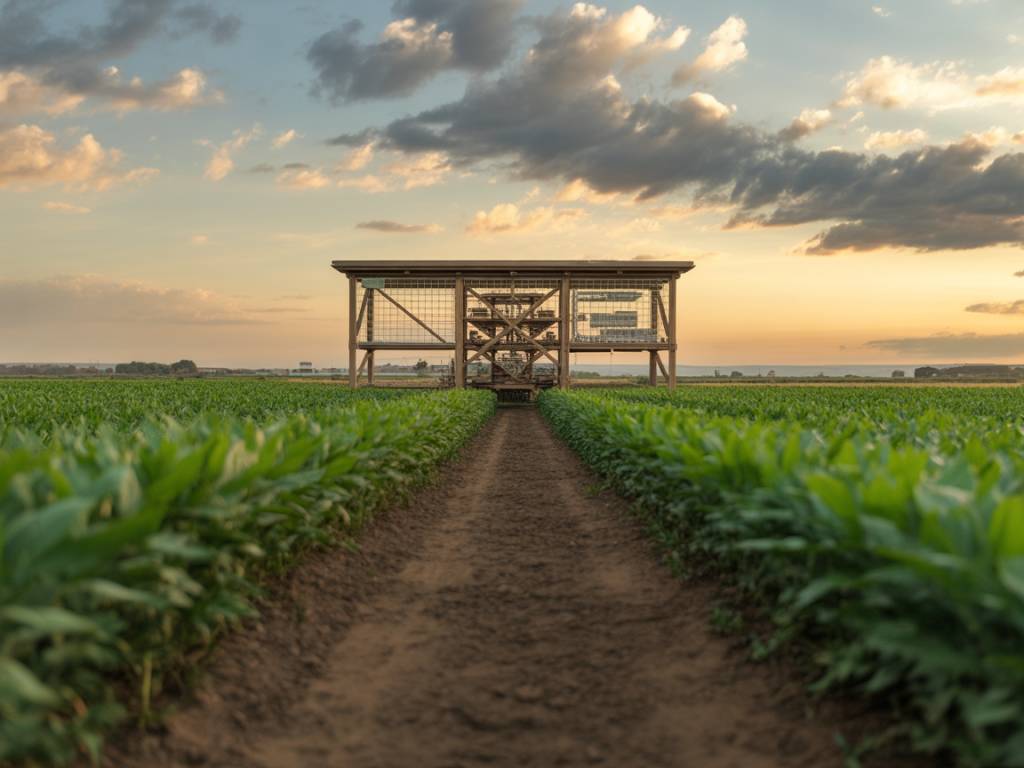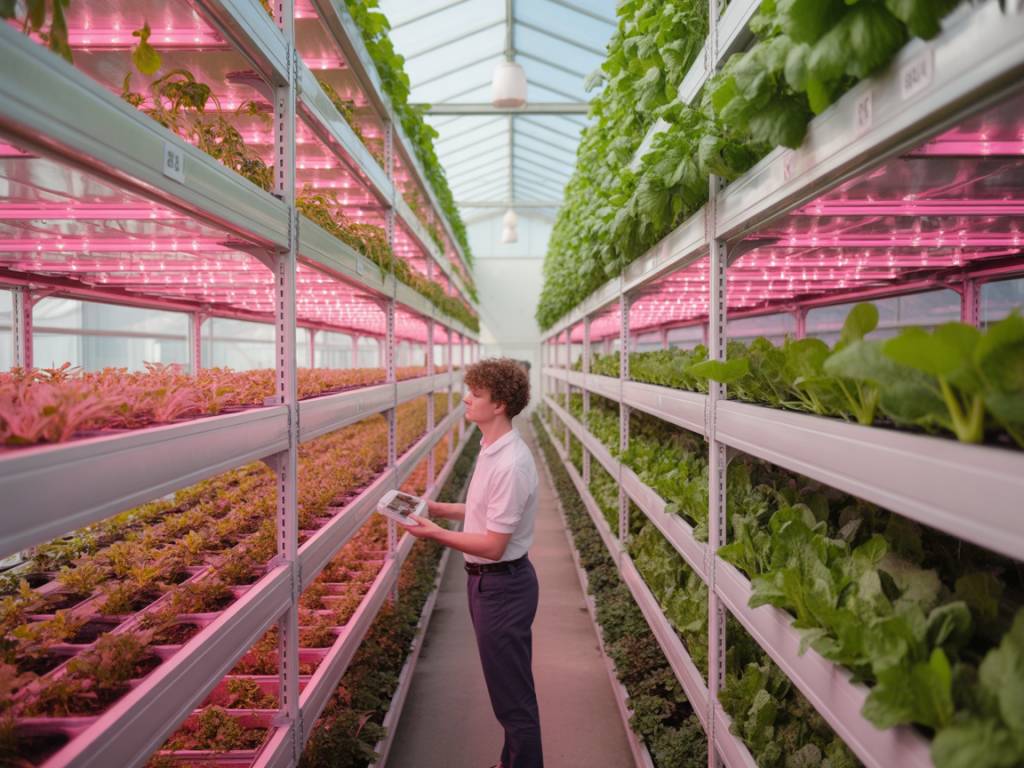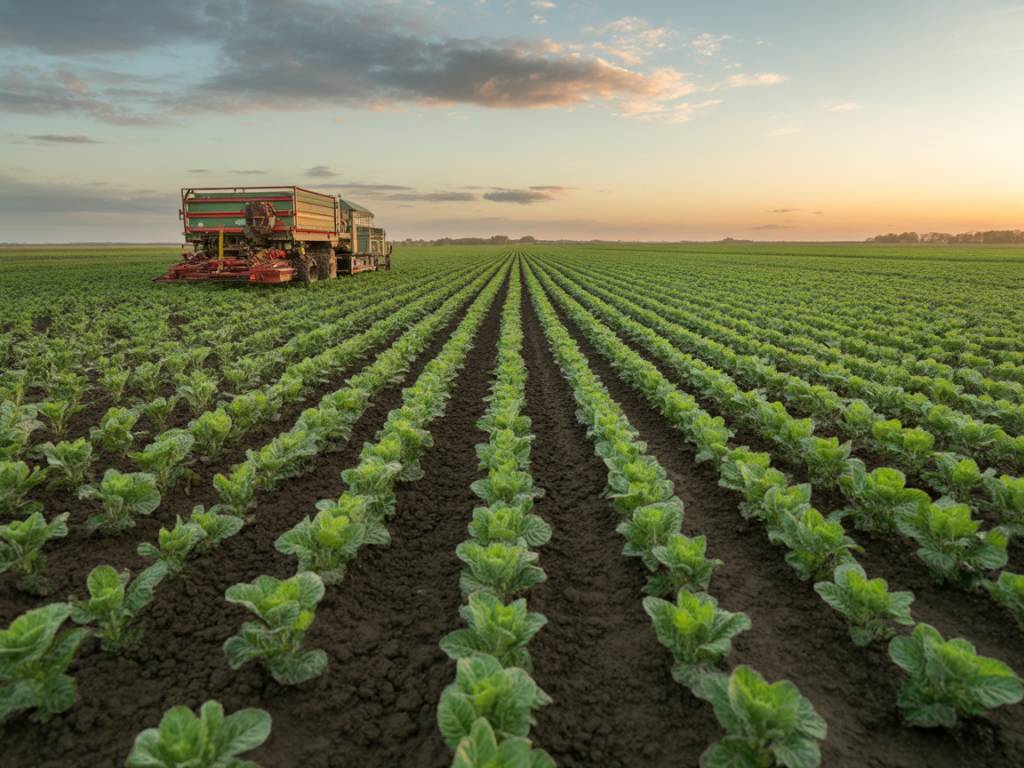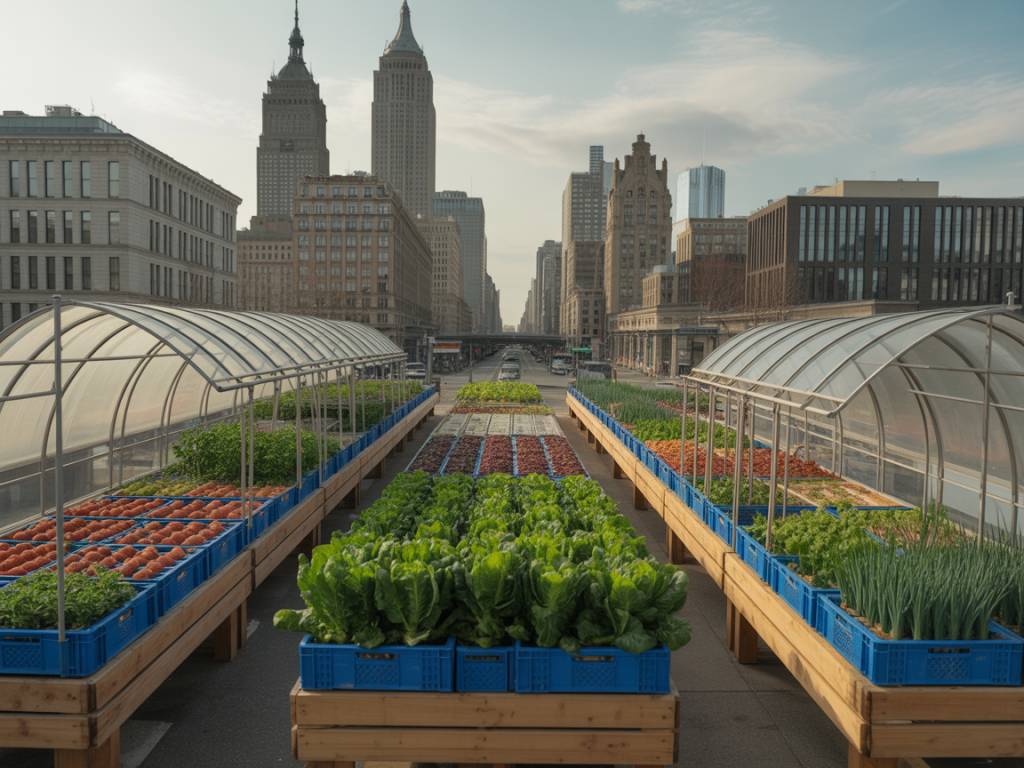The complexities of global agriculture supply chains are nothing new. Between fragmented networks, layers of middlemen, quality inconsistencies, and lack of traceability, agrifood logistics has often lagged behind in digitization and transparency. But over the past decade, blockchain technology has been steadily moving from hype to practical implementation—transforming how information, certifications, and goods move across agri-supply chains.
From coffee beans in Colombia to grain exports from Ukraine, blockchain’s promise lies in one word: trust. And trust, in this context, is currency.
Why Traditional Agri-Supply Chains Are Vulnerable
In conventional agricultural supply chains, data verification is manual, records are often siloed, and farmers rarely have direct access to end-market information. According to a report by the FAO, approximately 30% of the global food supply is lost annually due to inefficiencies, often stemming from poor coordination and lack of transparency between actors.
Consider a mango traveling from a farm in India to a retailer in Germany. Each stage—harvesting, packaging, shipping, customs, distribution—requires documentation. If any data point is missing or falsified, it can delay the shipment or compromise food safety. Now imagine if all parties along that chain had immutable, time-stamped records, accessible in real time. That’s what blockchain can offer.
Blockchain Basics: What Makes It Different?
At its core, blockchain is a decentralized digital ledger. Unlike traditional databases, a blockchain ledger is distributed across multiple nodes, making it tamper-proof and transparent. Smart contracts—self-executing agreements coded into the system—ensure that transactions only occur when predefined conditions are met.
In agri-supply chains, this translates into improved traceability, verified certifications (organic, fair trade, etc.), and automated payment solutions for stakeholders. For companies dealing with dozens of suppliers across continents, this technology eliminates redundant paperwork while reducing fraud and inefficiencies.
Use Cases Already in the Field
Major players are already deploying blockchain in practical applications. Let’s look at a few notables:
- IBM Food Trust & Carrefour: Carrefour, the French retailer, uses IBM’s Food Trust blockchain to trace products like chicken and cheese. Consumers can scan QR codes on packaging to view the entire product journey—from farm to shelf. The effect? A reported 10% increase in consumer trust and brand value.
- TE-FOOD in Vietnam: Working with Vietnamese authorities, TE-FOOD provides end-to-end traceability for pork and vegetables. This is crucial for combating foodborne illness outbreaks. According to local reports, food confidence in Ho Chi Minh City’s pilot zones rose significantly just 3 months after implementation.
- AgriDigital in Australia: This blockchain platform facilitates real-time settlement for grain transactions. Each harvest, thousands of Australian farmers wait weeks—or months—for payment. AgriDigital automates this process, ensuring that once a shipment is verified, payment is triggered instantly.
These aren’t lab tests—they’re real-world systems with measurable outcomes.
What’s Driving Blockchain Adoption in Agriculture?
Several macro-trends are accelerating blockchain uptake in the agri-sector:
- Consumer demand for transparency: Over 70% of global consumers (Nielsen, 2022) say traceability is essential to food brand loyalty.
- Climate and ESG compliance: Carbon offsets, sustainable sourcing, and fair labor certifications require auditable records. Blockchain simplifies these verifications.
- Global regulatory shifts: The EU’s Farm to Fork Strategy and the U.S. FSMA (Food Safety Modernization Act) push supply chains towards traceable, digitized systems.
As compliance becomes more data-driven, blockchain offers a built-in audit trail that meets these evolving demands.
Challenges to Wide-Scale Implementation
Despite promising benefits, blockchain in agriculture faces hurdles:
- Access to infrastructure: Smallholder farmers often lack smartphones or stable internet access, particularly in sub-Saharan Africa or rural Asia. Any blockchain solution must integrate with basic tech setups—sometimes even paper-based inputs.
- Data integrity at source: Blockchain ensures data is not altered—but it can’t verify input quality. Garbage in, garbage out. Satellite verification, IoT sensors, or human audits still play an essential role.
- Cost and scalability: Custom blockchain solutions can be expensive to deploy. However, as open-source protocols mature and middleware providers lower entry barriers, costs are dropping steadily.
It’s not a silver bullet. But it’s definitely a loaded gun against inefficiency.
Impacts on Stakeholders: From Farmers to Retailers
Blockchain redefines roles in the value chain.
For farmers, especially in developing economies, blockchain can offer direct market access and prompt payment—a crucial issue when cash flow determines planting decisions. Platforms like BanQu in East Africa are enabling identity and transaction histories for unbanked farmers, helping them secure micro-loans and improved market terms.
Distributors and processors benefit from fewer disputes over delivery discrepancies and quality claims. With a synchronized data trail, transaction disputes can be resolved quickly, saving both time and revenue.
Retailers, often the face of food safety and sustainability controversies, gain a robust risk management tool. In case of contamination events, tainted supplies can be pinpointed and withdrawn instantly—avoiding blanket recalls that impact brand reputation.
The Tech Stack Behind Agricultural Blockchain
Behind every blockchain platform lies an ecosystem of complementary technologies. Here are three that are particularly crucial in agri-supply chains:
- IoT Sensors: Integrated into containers or packaging, these track temperature, humidity, and handling throughout transit, feeding real-time data to the blockchain ledger.
- QR Codes & Mobile Apps: These serve as the interface for scanning, verification, and data input—whether by a farm worker in the field or a consumer at the supermarket.
- AI & Machine Learning: Applied to blockchain datasets to identify anomalies, predict spoilage, or flag fraud patterns—essential for scaling to global volumes.
Interoperability remains key. In interviews with supply chain operators in France and Brazil, a recurring concern is the inability of disparate systems to talk to each other. Players like GS1 and Hyperledger are working on standards to enable cross-chain data sharing while preserving data sovereignty.
What the Road Ahead Looks Like
According to a MarketsandMarkets report, the blockchain in agriculture and food supply chain market is set to grow from $128 million in 2020 to over $950 million by 2025. That’s not just investor optimism—it reflects a growing industry consensus that the status quo is unsustainable.
Europe is leading in regulatory push, while Asia-Pacific shows the most dynamic adoption in farming communities. Africa presents the highest potential for impact, provided infrastructure gaps are addressed.
Ultimately, the winners in this new landscape will be those who understand that in modern agriculture, data flows are just as critical as water flows. The ability to prove origin, quality, and compliance will no longer be a “nice to have”—it’ll be the cost of doing business.
So next time you pick up your morning coffee or a bag of rice, ask yourself—can you trust its journey? With blockchain, hundreds of companies across the globe are betting that soon, the answer will be a resounding yes.




